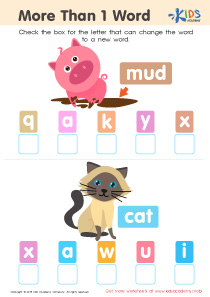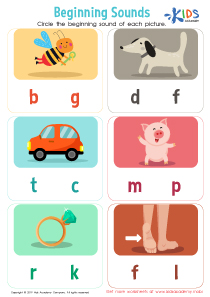Word Recognition Consonants Worksheets for 6-Year-Olds
7 filtered results
-
From - To
Boost your 6-year-old's reading skills with our "Word Recognition Consonants Worksheets"! These engaging worksheets are meticulously designed to help young learners identify and differentiate consonant sounds within words. Through fun and interactive activities, children will improve their phonemic awareness, enhance their vocabulary, and build a strong foundation for fluent reading. From matching consonants to completing words, each exercise targets crucial early literacy skills tailored for first graders. Ideal for both classroom and at-home learning, our printable worksheets make mastering consonants an enjoyable adventure for kids. Explore our collection today and watch your child’s confidence soar!
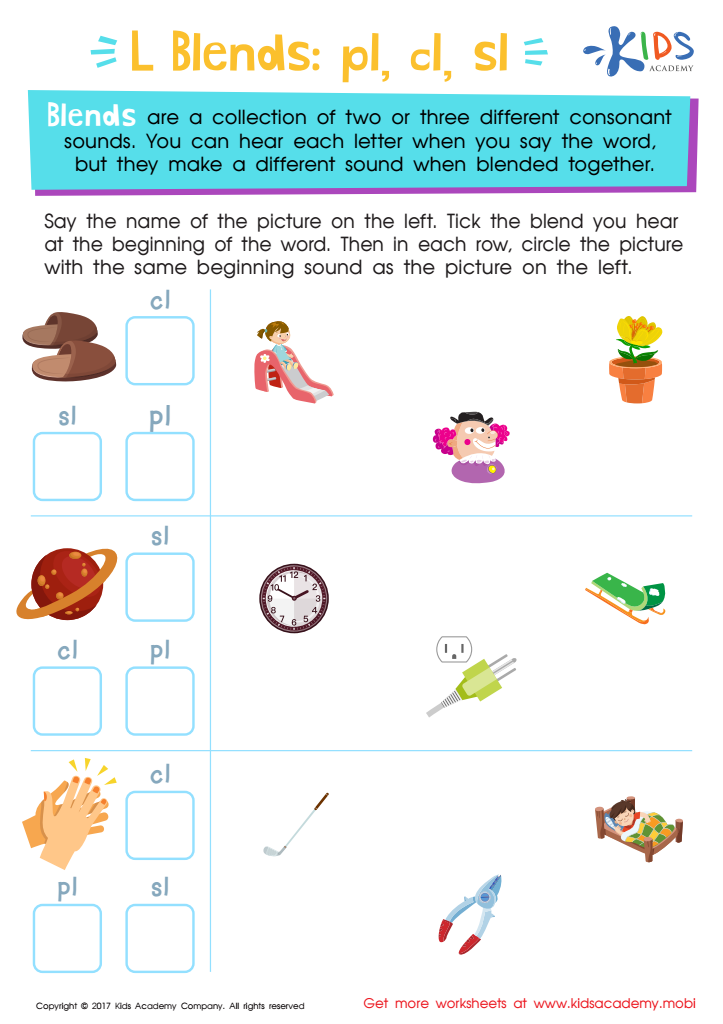

L Blends: "Pl", "Cl" and "Sl" Printable
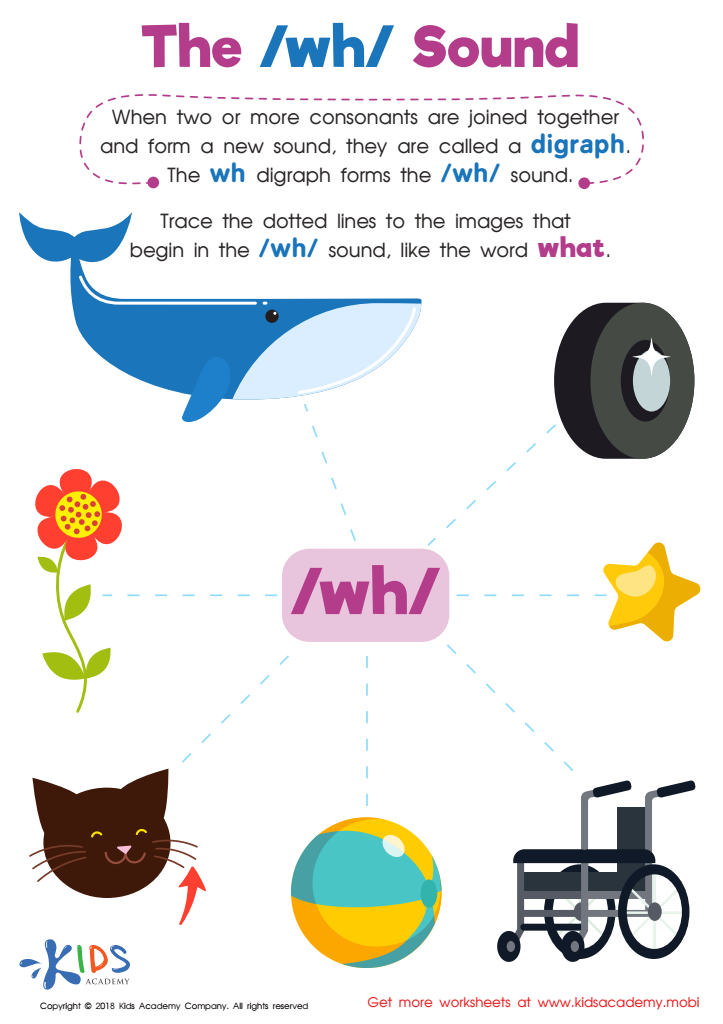

The /wh/ Sound Worksheet
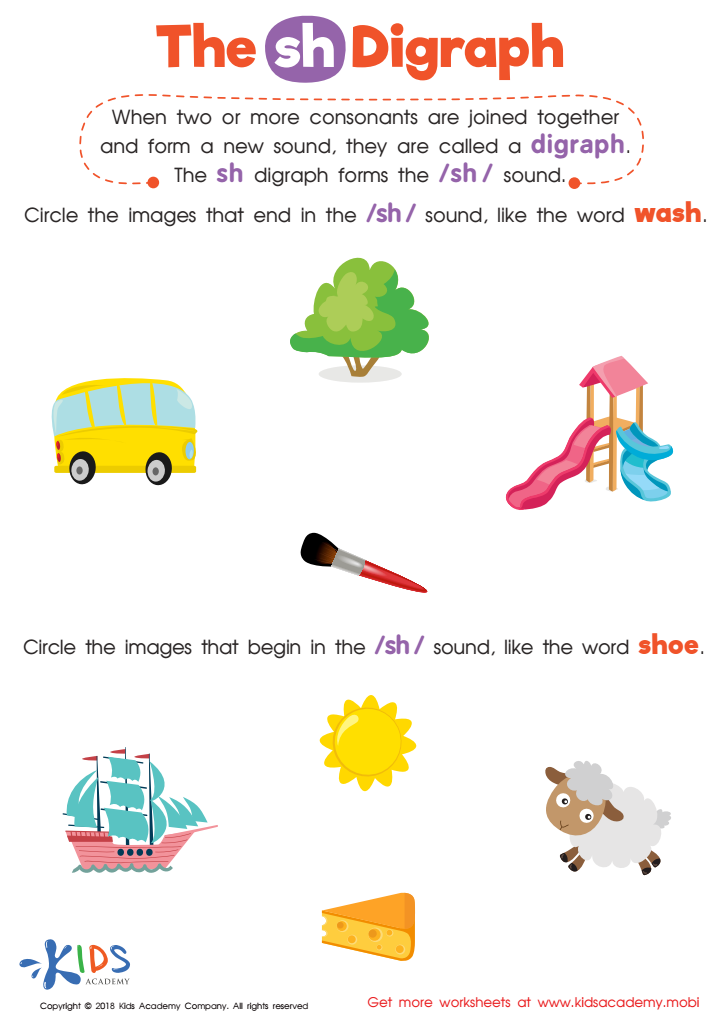

The SH Digraph Worksheet


Missing Digraph: Part 2 Worksheet
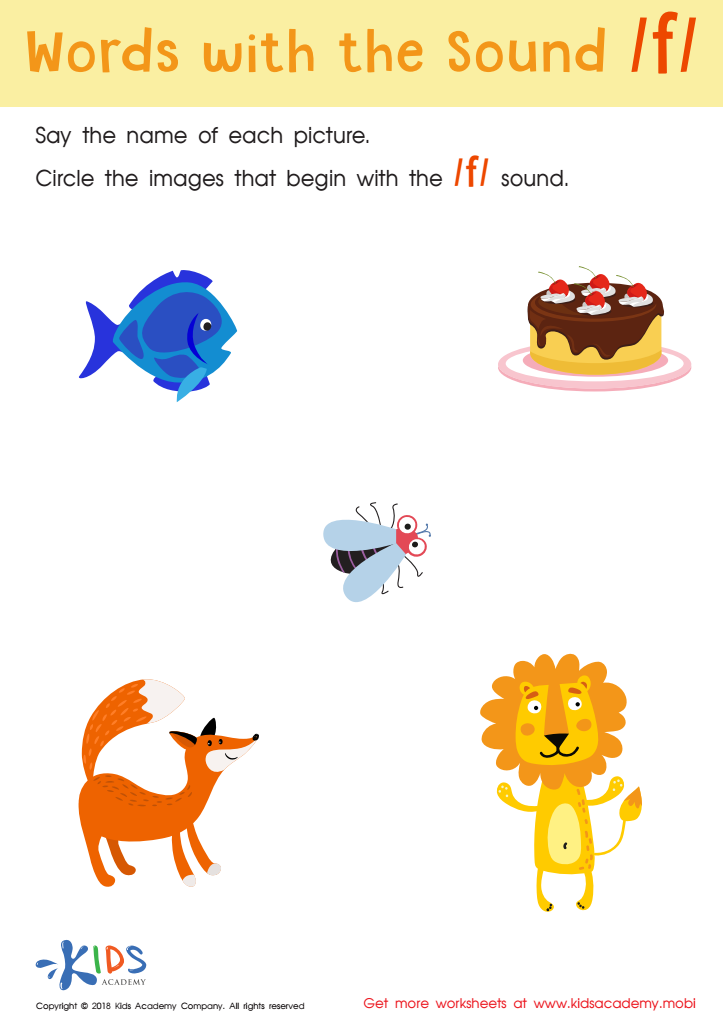

Words with sound f Reading Worksheet


Consonant Blends: "Dr" and "Tr" Printable
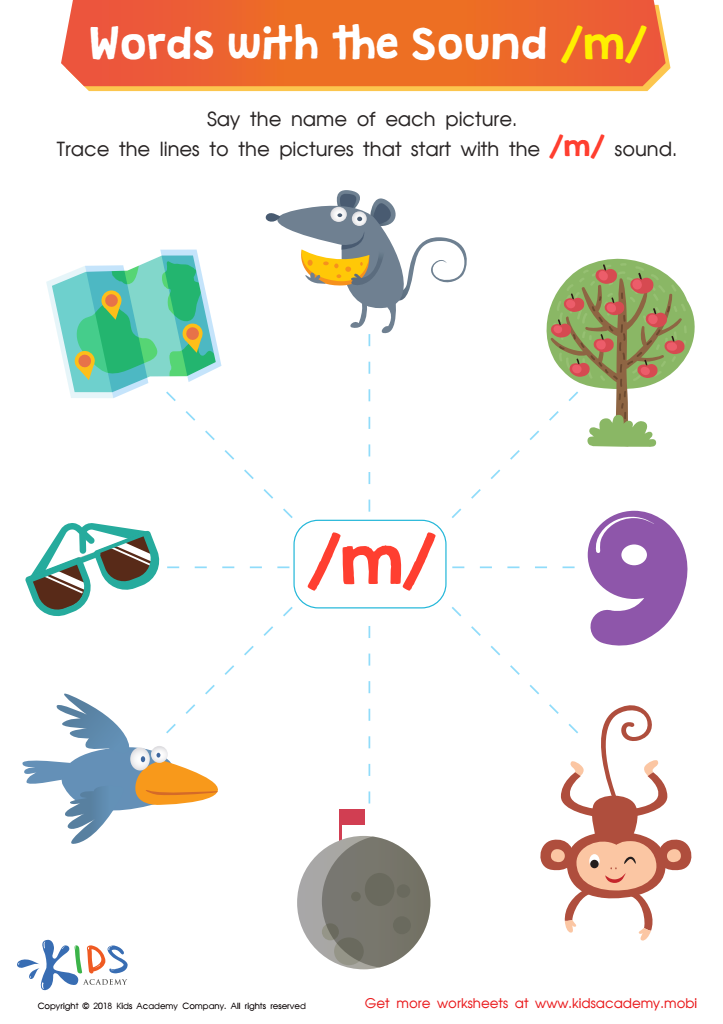

Words with Sound M Reading Worksheet
Word recognition consonants are fundamental to early literacy development in 6-year-olds, and it’s crucial for both parents and teachers to prioritize this area of learning. At this age, children are typically in the initial stages of reading, and their ability to recognize consonant sounds significantly impacts their overall reading proficiency and, subsequently, their academic success.
Consonants form the backbone of phonemic awareness, which is the understanding that words are composed of sounds. Recognizing consonant sounds helps children decode new words, enhancing their reading fluency and comprehension. When children can confidently identify consonants, they’re better equipped to tackle more complex linguistic tasks, such as blending sounds to form words and segmenting words into individual sounds.
Furthermore, strong word recognition skills lay the foundation for a positive relationship with reading. Early success in decoding and recognizing words can boost a child's confidence and motivation to read, fostering a lifelong love for literacy. Without this crucial skill, children may struggle with reading, leading to frustration, decreased self-esteem, and potential academic difficulties.
Parents and teachers play an essential role in supporting this learning phase by providing opportunities for practice, using engaging and diverse learning materials, and creating a positive, encouragement-rich environment that fosters perseverance and joy in reading.

 Assign to My Students
Assign to My Students



